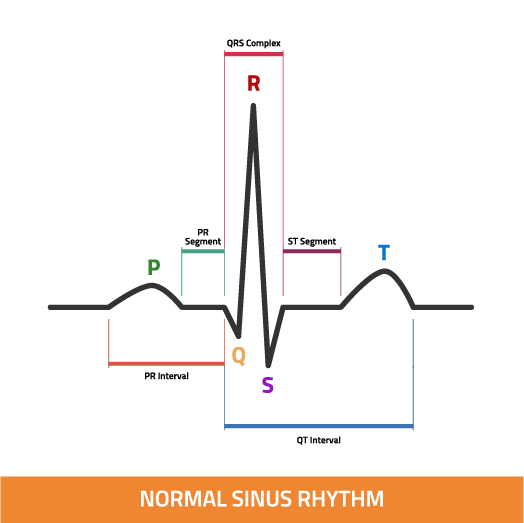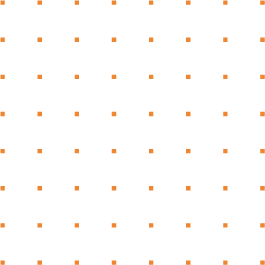In Vivo QT Screen


In vitro cardiac ion channel screening and stem cell derived cardiomyocyte assays provide a valuable initial assessment of potential cardiac liabilities of a new drug. However, for an early in vivo assessment of effects on cardiac electrophysiology, the anaesthetised guinea pig has been proven to be an effective and translatable assay, highly predictive for QTc effects in large animal telemetry studies and the clinic*. ECGs are recorded, alongside blood pressure and heart rate, and are measured to assess the effects on standard parameters, including QTc interval, PR interval and QRS duration. Left ventricular pressure and the electromechanical window may also be assessed for more detailed investigations.

Multiple doses of test drug are assessed in each experiment, and microsamples of blood are taken for drug concentration analysis enabling PK/PD relationships to be derived.
The small compound requirement of the assay makes it ideal for use during lead optimisation when de-risking projects prior to more expensive regulatory studies.
The assay has been validated in our laboratory, and the statistical power and minimal detectable differences using various group sizes have been published for the key parameters measured. A group size of n=4 will allow detection of 8% changes in QTc interval, 10% changes in QRS duration and 11% changes in PR interval.** Increasing to n=6 allows detection of 7% changes in QTc interval, 8% changes in QRS duration and 9% changes in PR interval.
The single in vivo screen provides a significant amount of information that we interpret for your project team. We will also integrate the data with other relevant project information, including in vitro / in silico ion channel data and predicted human concentrations.
*Ref: Morissette et al., The anesthetised guinea pig: an effective early cardiovascular derisking and lead optimisation model. J Pharmacol Toxicol Methods. 2013 Jul-Aug;68(1):137-49.
**Ref: Skinner et al., Differentiating multichannel block on the guinea pig ECG: Use of Tpeak-Tend and J-Tpeak. J Pharmacol Toxicol Methods Sep-Oct 2021;111:



